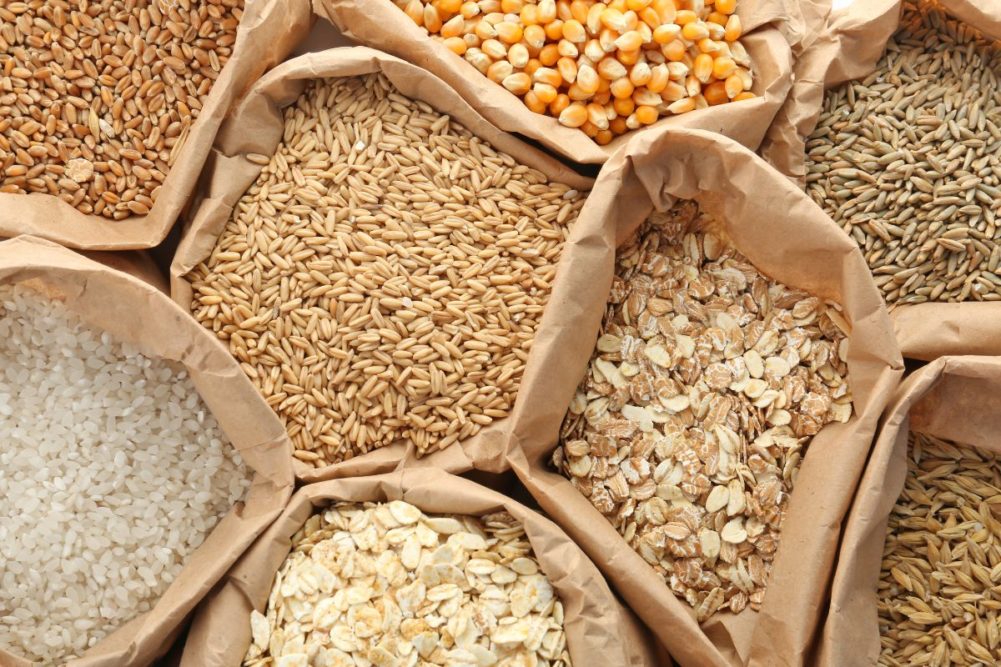ROME, ITALY — The United Nations’ Food and Agriculture Organization’s (FAO) Cereal Price Index dipped slightly in July from the previous month and remains 14.5% below its value a year ago as international coarse grain prices continue a downward trend.
The index, which tracks monthly changes in international prices, was down 0.5% from June to an average of 125.9 points.
Coarse grain prices dropped 4.8% from June as corn (maize) prices continued their downward trend due to increased seasonal supplies from ongoing harvests in Argentina and Brazil and potentially higher-than-anticipated production in the United States, FAO said.
World prices of sorghum declined along with corn, while world barley supplies were stable.
In contrast, international wheat prices increased by 1.6%, marking their first month-on-month increase in nine months. This was mainly driven by uncertainty over Ukraine’s exports following Russia’s decision on July 17 to leave the Black Sea Grain Initiative and the subsequent attacks on Ukraine’s port infrastructure on the Black Sea and the Danube River.
The initiative had allowed for the safe passage of about 33 million tonnes of grains and other foodstuffs from Ukrainian ports after Russia’s February 2022 invasion had halted exports.
Continued dry conditions in Canada and the US also added pressure on prices, FAO said.
The FAO All Rice Price Index increased by 2.8% in July to reach its highest level since September 2011, driven mostly by price increases in the Indica market segment. In that market, India’s July 20 prohibition of non-parboiled Indica exports led to expectations of more sales in other origins, adding to the upward pressure from seasonally tighter supplies.
The FAO Vegetable Oil Price Index averaged 129.8 points in July, up 12.1% from June, marking the first increase after seven months of consecutive declines. The increase was driven by higher world quotations across sunflower, palm, soy and rapeseed oils.
International sunflower oil prices were up 15% month-on-month, underpinned by renewed uncertainties surrounding exports from the Black Sea region.
World palm oil prices also rose markedly, reflecting prospects of subdued production growth in leading producing countries. As for soy and rapeseed oils, international prices increased on continuing concerns over the production outlooks of soybeans in the US and rapeseed in Canada, FAO said.
The benchmark index of international food commodity prices increased slightly from a month ago. The FAO Food Price Index averaged 123.9 points in July, an increase of 1.3% from June but 11.8% below the same time last year.
The rebound in July was led by a solid rise in the vegetable oils price index, partially offset by a significant decline in the sugar price index, together with small decreases in the price indices for cereals, dairy and meat, FAO said.






